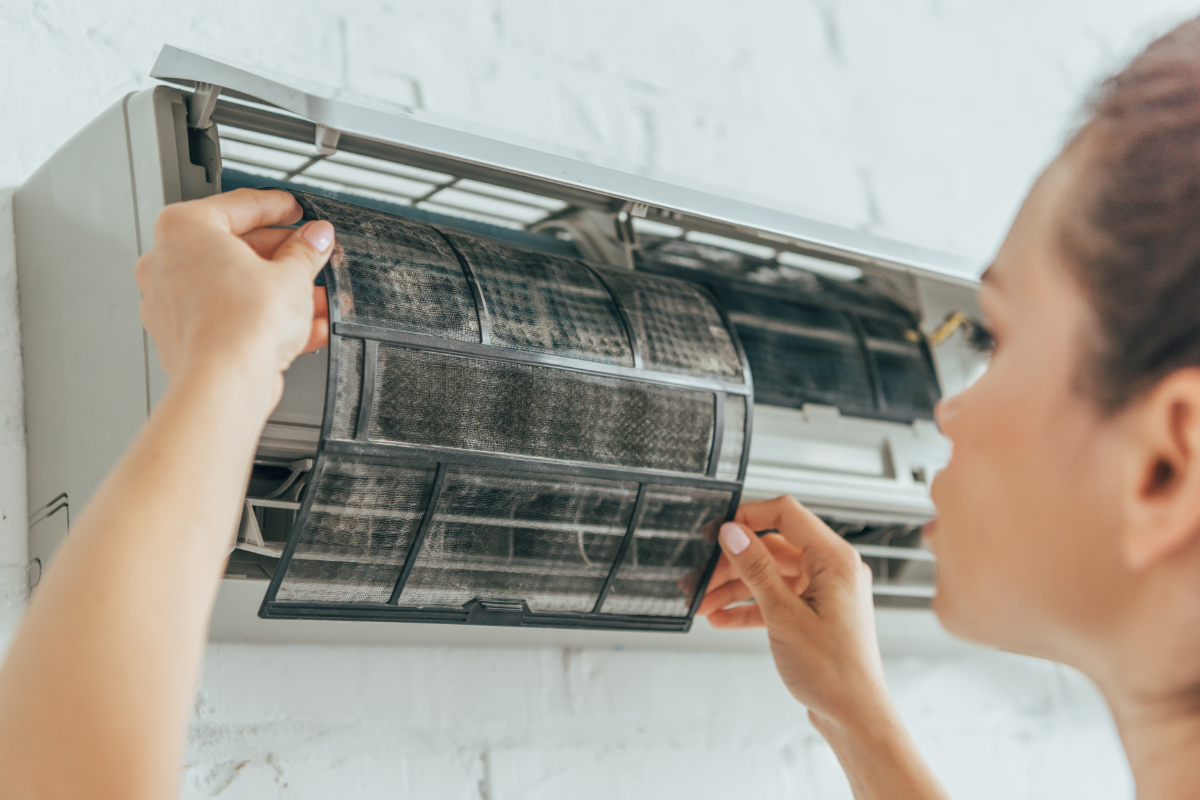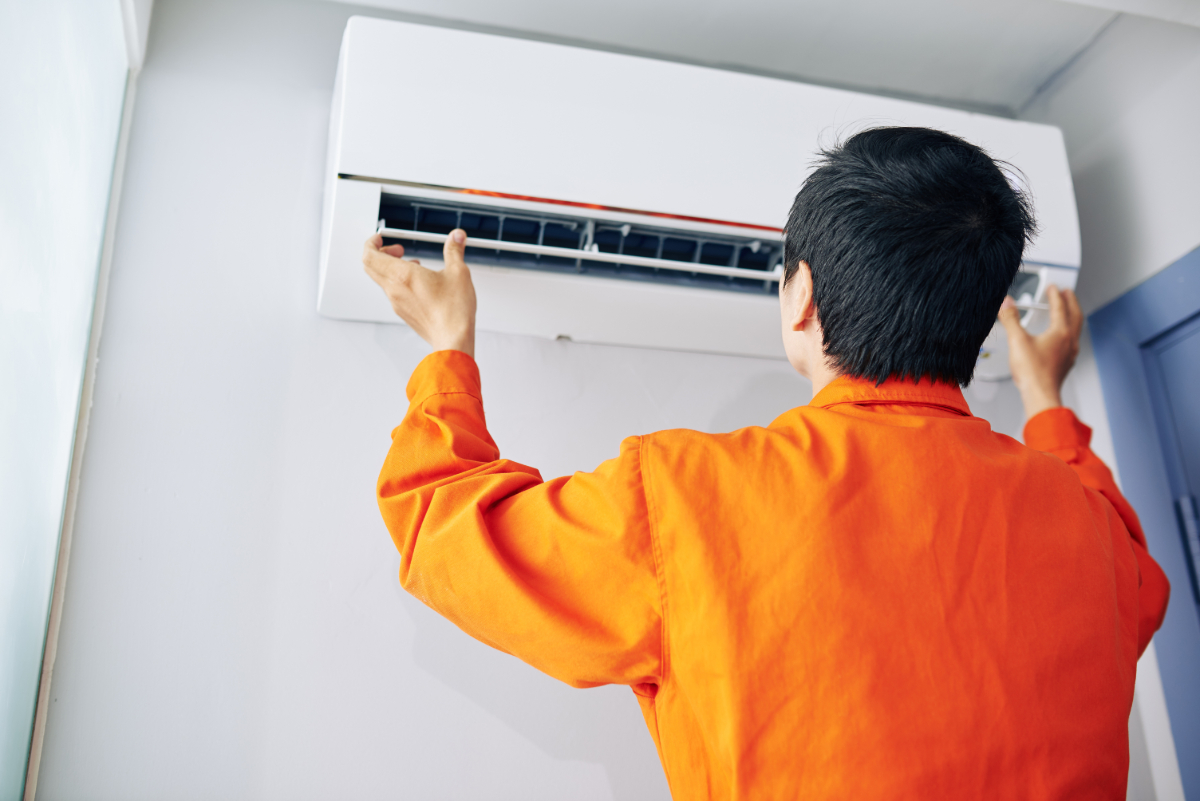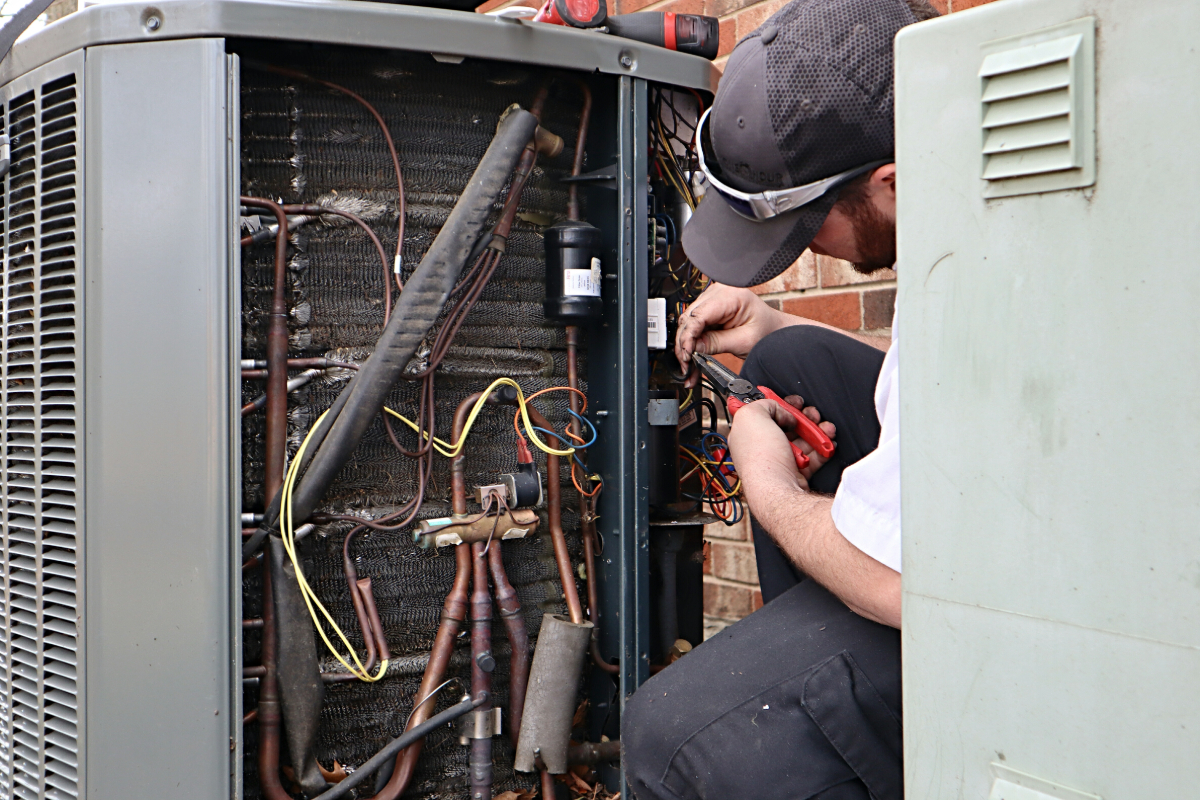
6 Steps To Prep Your Building’s Cooling Systems
How to prep your building’s cooling systems?
- Have your building checked
- Maintain and address your IAQ proactively
- Control moisture
- Test cooling systems
- Create a contingency plan
- Conduct predictive maintenance
The “ber” months in the Philippines are when temperatures drop and days get a bit shorter. It’s the coldest time of the year, and what many building owners don’t know is that it’s the perfect time to prep your building’s cooling systems. Before the next dry season hits, you’ll want to ensure that your building is in top shape to keep its occupants cool and comfortable. To do so, follow our guide on how to prep your building’s cooling systems, and boost occupant satisfaction, productivity, and performance.
Have Your Building Checked
It’s best to have your building checked before the demanding summer season comes. For this step, it would be best to have professionals conduct the inspections, review your building’s performance, energy efficiency, and maintenance routines. After, they would be able to get a comprehensive understanding of how you can best prepare your cooling system.
During this time, be sure to ask if there are any problem areas you should keep an eye on, and whether they recommend repair or replacement of your cooling system components, such as the HVAC, ducts, connecting pipes, and other critical parts. This will give you enough time to plan for these upgrades, and cost-effectively complete this work before the warm season.
Aside from your interior, make sure to check the exterior facades of your building, such as your roof, walls, grout, et cetera. No part of your building receives as much exposure to the elements as these areas. Thus, we recommend a general inspection every year. Vents, drains, open seams, cracked walls, and the like can contribute to your cooling system’s deterioration.
Maintain and Address Your IAQ Proactively

Indoor air quality (IAQ) is also an important thing to consider in your preparation stage. Building activities like cleaning, painting, landscaping, and more can affect parts of your cooling system. This is because pollutants, such as dirt, dust, and other debris can enter your cooling system. This can cause clogs, inadequate ventilation, and other problems.
Aside from these pollutants, poor IAQ also leads to higher indoor temperatures and humidity, which can be uncomfortable for occupants. So, part of prepping your cooling systems is ensuring your building has proper airflow distribution and quality. Your vents and pipes should bring in outdoor air to dilute indoor emissions, and should also be able to carry out these pollutants. This cycle helps maintain proper ventilation, which is critical to keeping your building cool and comfortable.
When conducting building prep, make sure to evaluate your current IAQ, and how air circulation can be improved. Your maintenance routine should also include regular checks of temperature, humidity, gases, particulates, and other pollutants. By benchmarking your IAQ, you can easily identify and solve problems.
Control Moisture
Moisture is another factor that affects your building’s cooling system. Too much moisture can lead to the growth of mold, rust, and other issues that degrade your cooling system components.
Moisture can be caused by several things — leaky air conditioning units, wall cracks, and even sweating water pipes. Moisture can easily build up in cool, dark places, like the basement. Be sure to check for signs of moisture, such as stains, rusted pipes, and pools of water, and address the cause before it affects the rest of your cooling system.
Test Cooling Systems

Once the previous steps have been taken, you can begin testing the capacity and power of your cooling system. Take one last check of all of your cooling equipment — such as chillers, air conditioning units, air vents, fans, pumps, coils, and more — and ensure everything is ready to operate at full blast.
On a day where you have little to no occupants in the building, turn your cooling system to its maximum settings. This will help you gauge the system’s ability to serve your entire property, and beat even the hottest, most humid days. Plus, if you’ve upgraded or replaced parts of your cooling system, this is the perfect way to test your new equipment before the hot season.
Create a Contingency Plan
If you haven’t already, consult with your maintenance teams on your building’s contingency plans. Ask if there are backup systems in place like emergency generators. Identify your staff’s readiness to address cooling system issues or failures.
If their strategies seem robust, you can take the next step regarding your contingency plan. Conduct a drill with your maintenance staff and assess their level of preparation. If necessary, make adjustments to the plan, equipment, or protocols to make the process more efficient. This step is especially important if your building’s operations are dependent on your cooling systems — such as industrial facilities, or large commercial buildings.
Conduct Predictive Maintenance

Lastly, conduct predictive maintenance. This is a proactive approach to ensuring your building’s cooling system remains in top condition before the more demanding seasons arrive.
Have regular inspections and testing of your components and equipment, and understand the warning signs of deteriorating or faulty equipment.
Then, take corrective actions to prevent problems from worsening. This may include contacting your suppliers for emergency repairs or switching your components for more effective materials. Doing so can prevent a complete failure of your system, and maintain efficiency.
Key Takeaway
Delaying or ignoring prep for your cooling systems can cause a host of problems including unsafe work conditions, broken equipment, higher energy bills, and even code violations. Use this guide on how to prep building cooling systems to ensure your building is functional and operational even during difficult weather conditions.
Looking for a supplier of high-grade, high-performance, and cost-effective pipes for your cooling system? Message Supreme Pipe today! With our years of experience and innovative practices, we are the Philippines’ top manufacturer and supplier of black iron, galvanized iron, and steel pipes.


